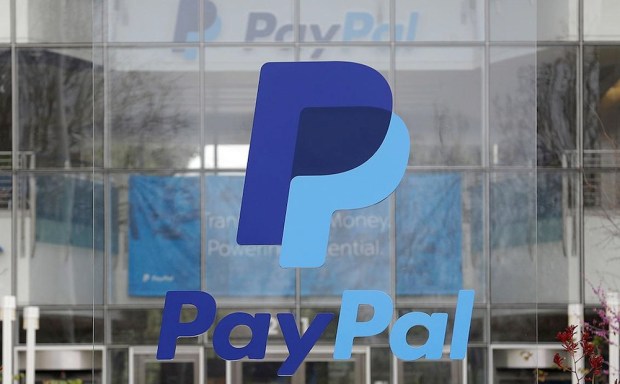PayPal’s One Touch Wonder

By the numbers, PayPal had a very good day yesterday.
The headline figure was 200 million — the number of active consumer or member accounts PayPal is boasting these days. That figure may not come as much of a shock considering that when PayPal released its quarterly earnings a month ago, the active user headcount was clocked in at 197 million. Still, 100,000 users per day on average for 30 days is certainly nothing to sneeze at, particularly considering that wasn’t even PayPal’s most interesting figure for public consumption.
That honor went to the newly revised One Touch figures — which indicate a full 25 percent, or 50 million, of those active users have opted to use PayPal’s One Touch. That means One Touch has more than doubled the 21 million users it had a little under a year ago, in April 2016. PayPal’s COO Bill Ready says those figures make it the most rapidly adopted product in PayPal’s nearly two decades of existence.
It’s a pretty good feeling, said Ready.
“We have seen all this very powerful growth, while others have continued to struggle to get users on the platform and then struggled to get repeated usage.We processed $31 billion in mobile payments in the quarter and more than $100 billion mobile payments throughout 2016, both record amounts for PayPal. It’s exciting that more than half of our active account base made a payment on PayPal using a mobile device over the last 12 months.,” Ready told Webster in a chat about the latest release.
The reasons that One Touch is gaining traction are pretty simple, according to Ready. Because of its structure, PayPal doesn’t have to spend a lot of time telling consumers or merchants what it can do for them — it can jump right into showing them.
“Many digital players have to ask merchants to do a bunch of work to integrate and then wait for consumers to show up and use it to get value. Same for consumers — very few of whom really care if they pay by tapping or swiping. We just show up and more or less tell merchants that they can do no work and see value more or less right away.”
The Two-Sided Network Advantage
Ready also says that PayPal can do this because of its structure: the two-sided network that bedevils so many startups in the payments space gives PayPal a built-in advantage, since they touch both consumers and merchants — directly.
“The advantage of the two-sided platform is the ability to roll One Touch out without merchants or consumers having to do any work. That’s a real advantage for us, because we are the only player that can operate that way on both sides of the consumer-merchant ecosystem,” Ready emphasized.
As was previously mentioned, there are now 200 million consumers who PayPal can digitally march to a growing roster of merchants. With this newest update, more than 5 million merchants globally are One Touch-enabled automatically. One Touch is now available at 75 percent of the top 100 online retailers in the U.S. — a big pick-up from the 50 percent of the top 500 they claimed during their last public date release — a reality which offers another advantage to merchants: the ability to convert online buyers at a rate of 87.5 percent.
The Changing Shape Of Commerce
The biggest change coming to the world of commerce, Ready explained, is that “digital” and “physical” retail won’t be separate experiences anymore.
“We’ve always had the thesis that eCommerce-style experiences would eat into the physical world. And we have always approached it that way. This was never going to be about just switching swipes (or dips) to taps.”
The proof, he noted, is in all the retail data filtering in right now. For example, Home Depot saw 40 percent of its eCommerce sales occur via an order originally purchased online and picked up in-store. That is the trend, Ready says — and the next phase of commerce is about providing retail experiences that move seamlessly from one environment to another.
“Most major retailers already are really looking toward things that blur the line between physical and digital commerce, and what we want to do is give the merchant the ability to connect to the consumer — with their consent of course.”
And, Ready noted, also give issuers a similar chance to build such connections: “Our partnerships with the card networks means that PayPal is likely to be the largest digital distribution point that issuers may have,” he said. “They get growth by getting their cardholders into new buying experiences, and we are leading that pack by far.”
Although PayPal was certainly pleased to acknowledge that it’s nice to lead the pack — not to mention a lot of fun talking about its accomplishments — tomorrow it’s back to work.
“We are taking a moment to celebrate our accomplishments but realize that we are at only 1 percent of our potential to help make money easier for everyone.”
One down. 99 to go.
